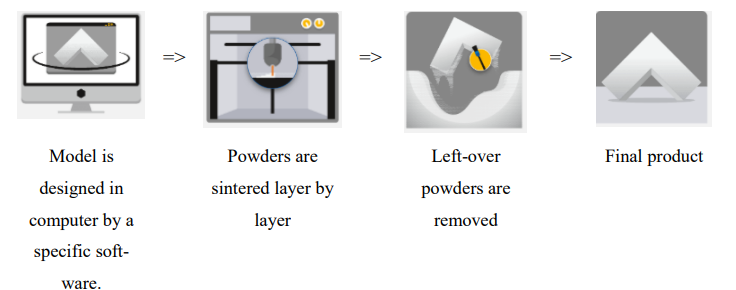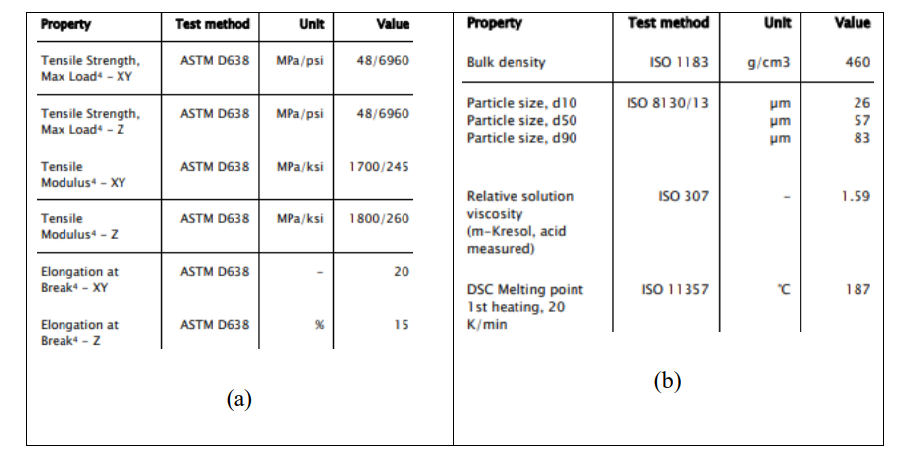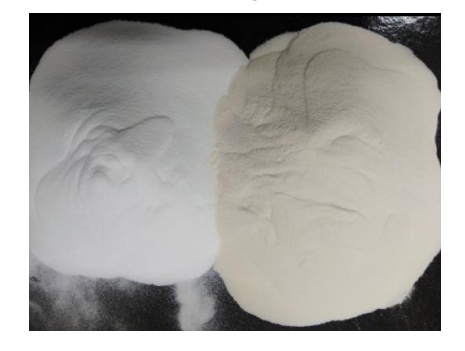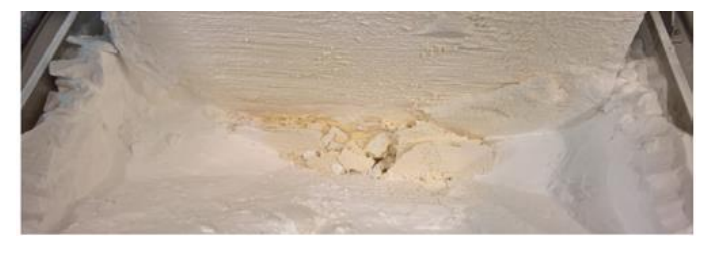In a recent research project backed by 3DTech, thesis student Dung Ha was offered work in examining re-use of Nylon PA12 powder from 3D printing Multi Jet Fusion (MJF) manufacturing. The author’s findings were detailed in the recently published thesis paper, ‘A Study on Recycling of Waste Polyamide 12 Powder into 3D Printing Filaments.’ While the idea of recycling 3D materials is not exactly new, Dung Ha also explores how fine powders can be handled safely and then processed into filament.
Nylon Polyamide 12 (PA12) is chosen by many users because it is both tough but flexible, and offers high performance in printing with strong layer adhesion. Dung Ha sees PA12 as worthy of study and recycling due to its extraordinary properties, but also points out that there are definite challenges in working with this substance too, due to problems with loss of integrity after processing, and the tendency to absorb water. Because the author has a strong focus on lab work, safety is a major priority, and an expansive part of this study; however, the real topic at hand is how the powder can be recycled and re-used as 3D printing filament.
PA12 is one of the most commonly used materials in 3D printing, and especially for researchers and engineers. Benefits of this 3D printing powder include:
- Chemical resistance
- Water resistance
- Strong mechanical properties
- Resistance to stress cracking
- Self-supporting for final products
This powder is suitable for use in a variety of different applications, to include rapid prototyping, for medical models, and more, and can be improved overall with a variety of different additives like carbon, glass, or aluminum. 3DTech uses PA12 for their 3D printing products, usually with a particle size of around 55 – 60 µm, and they contributed the waste product used in the study.
Powder waste, collected manually, was comprised of combined powders from a variety of bed printer positions, and stored in three plastic boxes that were sealed and kept at the Arcada lab.
“Because PA12 powder in this research belongs to microparticle group and is based on Material Safety Data Sheet of PA12 powder, explosion of fine powder and health effects of fine powder through inhalation are got high attention in this thesis,” said Dung Ha.
The most common reason for a dust cloud explosion is usually a spark forming somewhere in the lab. Explosions may occur in some instances, and especially if there is a combination of dust and air that are considered dangerous due to intense concentrations. This tends to happen with finer particle sizes.
Safety must be taken into consideration, and while flammability is an issue, emissions are often in question regarding 3D printing too. Users can easily inhale fine particles, posing health risks—and especially due to the smaller particles:
“As they can go deep into the lungs; they can offer a chance of chemical absorption into the blood along with physical interaction with [the] respiratory system,” states Dung Ha.
Multiple other studies have been performed in recent years regarding particles and emissions, such as specific testing for indoor air quality as well as studying emissions overall. The author goes into greater detail here than we usually see, regarding how users can prevent exposure from affecting them or hurting them in an unfortunate explosion. Proper handling procedures must be followed, along with wearing appropriate protective gear such as goggles, lab coats, masks, and following measures like washing all areas that have contact with powder, as well as avoiding eating or drinking in the lab.
Chemical degradation and oxidation of PA12 powder in an unmolten state is an issue, and as Dung Ha points out, ‘the time and heat of [the] printing bed close to melting point increase molecular weight of PA12 powder, thus viscosity of PA12 powder decreases.’ Oxidation does also cause the white powder to turn both yellow and brown, and waste powder requires enhancing. To combat degradation and discoloration, other researchers have previously used Tungsten carbide (WC) as an additive.
For making filament with the recycled materials, the researcher used a 1.75 mm nozzle, with a constant temperature setting of 180 celsius. There were some challenges in experimentation, and adjusting the WC additive helped; however, the researcher concluded that it simply may not be possible to make a ‘high-strength 3D product’ from a high-strength filament. Dung Ha recommends that when developing filaments, users must consider the performance of the FDM 3D printing system being used.
Overall, the author concluded that recycled filaments were a success, resulting in good tensile strength and modulus. The filament also worked successfully in their MakerBot Replicator 2.0, with no clogging.
3D printing has opened doors for so many designers and engineers around the world, leading to an almost worldwide euphoria of ongoing creativity. But almost as soon as the fun started, users began worrying about issues in safety, emissions, and what to do with 3D printing waste—including methods in recycling, from filament to plastics. Find out more about recycling of polyamide 12 powder into filament here. What do you think of this news? Let us know your thoughts! Join the discussion of this and other 3D printing topics at 3DPrintBoard.com.
[Source / Images: ‘A Study on Recycling of Waste Polyamide 12 Powder into 3D Printing Filaments’]Subscribe to Our Email Newsletter
Stay up-to-date on all the latest news from the 3D printing industry and receive information and offers from third party vendors.
You May Also Like
3D Printing Unpeeled: New Arkema Material for HP, Saddle and Macro MEMS
A new Arkema material for MJF is said to reduce costs per part by up to 25% and have an 85% reusability ratio. HP 3D HR PA 12 S has been...
3D Printing News Briefs, January 20, 2024: FDM, LPBF, Underwater 3D Printer, Racing, & More
We’re starting off with a process certification in today’s 3D Printing News Briefs, and then moving on to research about solute trapping, laser powder bed fusion, and then moving on...
3D Printing Webinar and Event Roundup: December 3, 2023
We’ve got plenty of events and webinars coming up for you this week! Quickparts is having a Manufacturing Roadshow, America Makes is holding a Member Town Hall, Stratafest makes two...
Formnext 2023 Day Three: Slam Dunk
I’m high—high on trade show. I’ve met numerous new faces and reconnected with old friends, creating an absolutely wonderful atmosphere. The excitement is palpable over several emerging developments. The high...





































